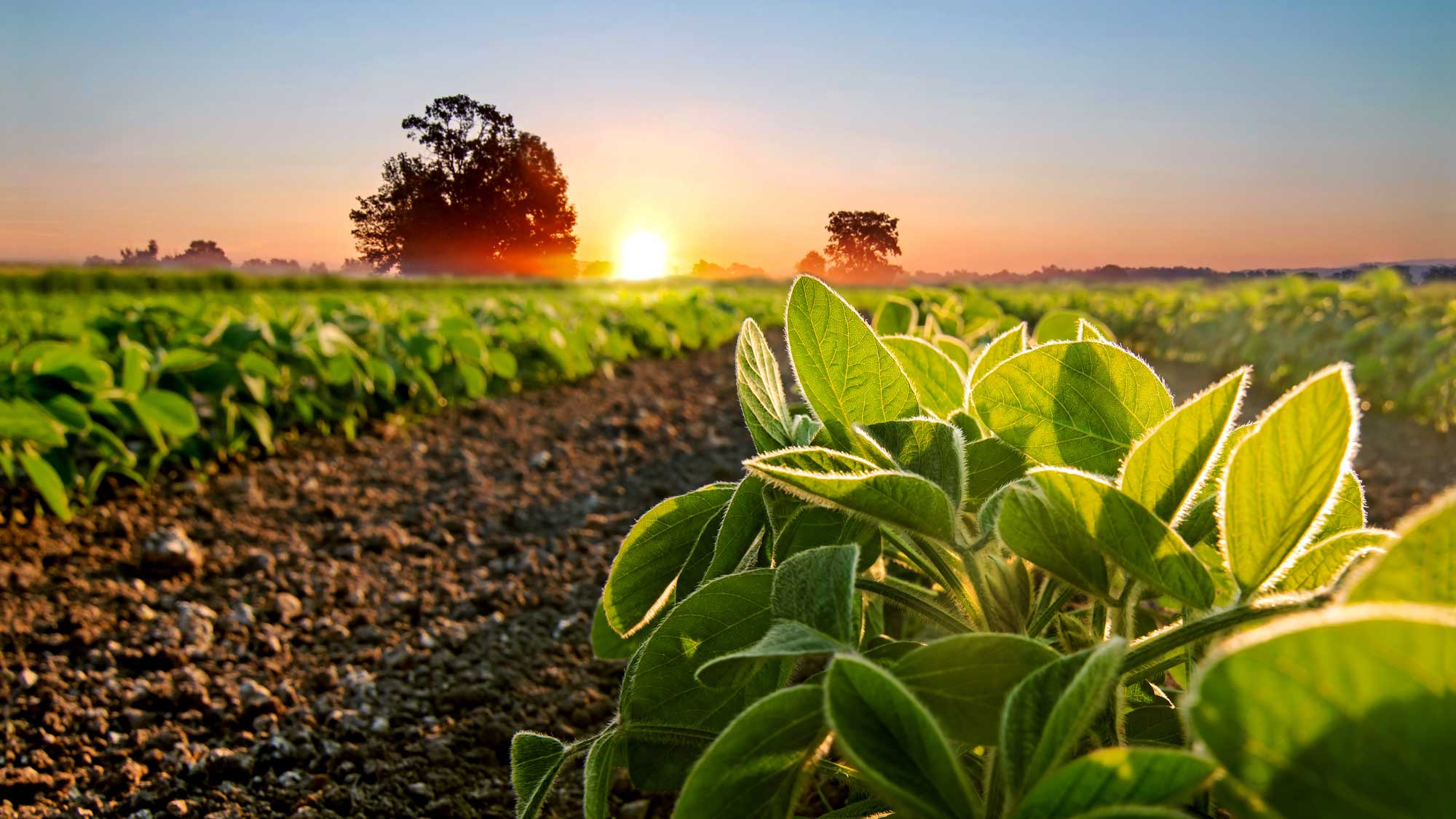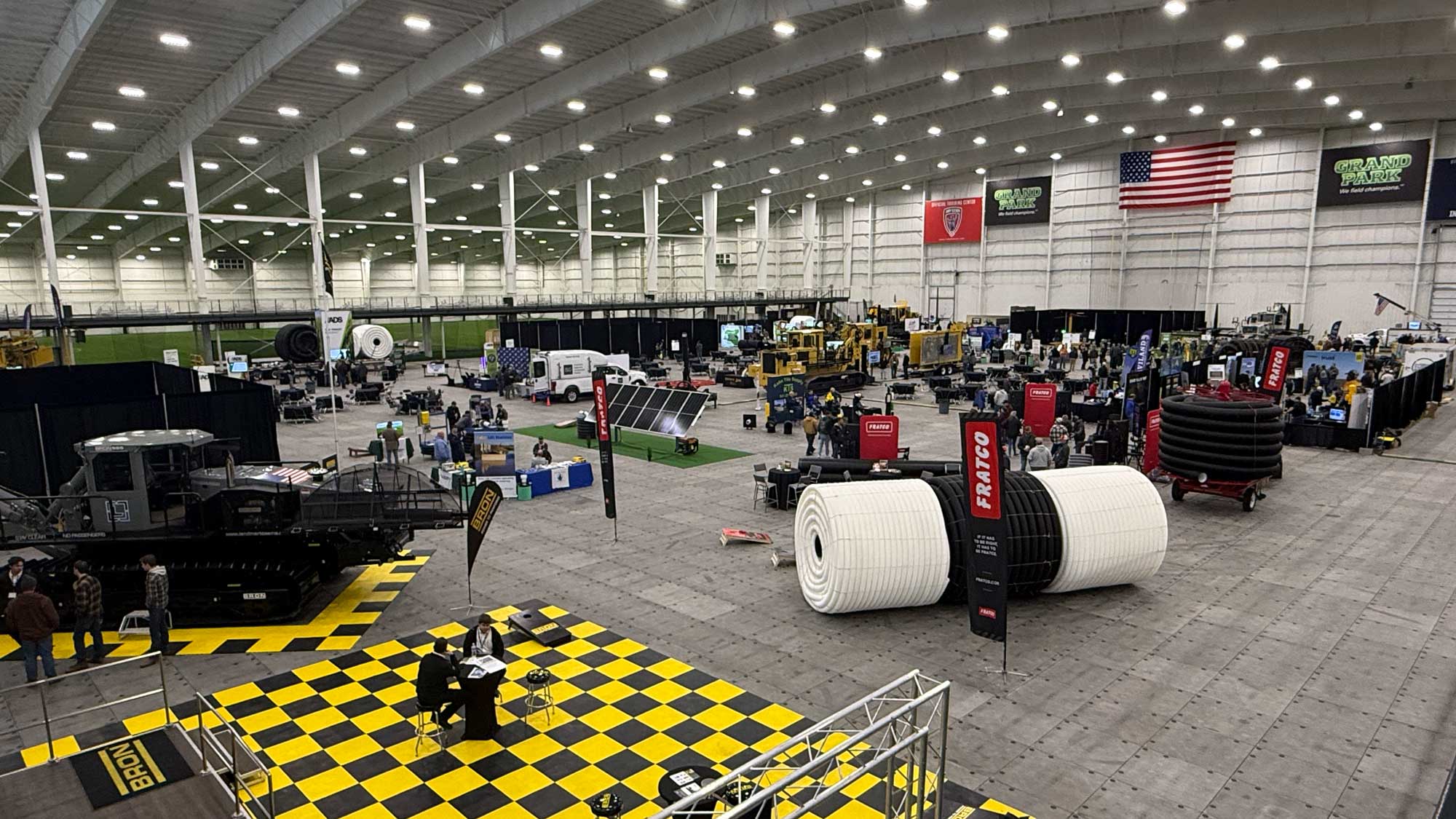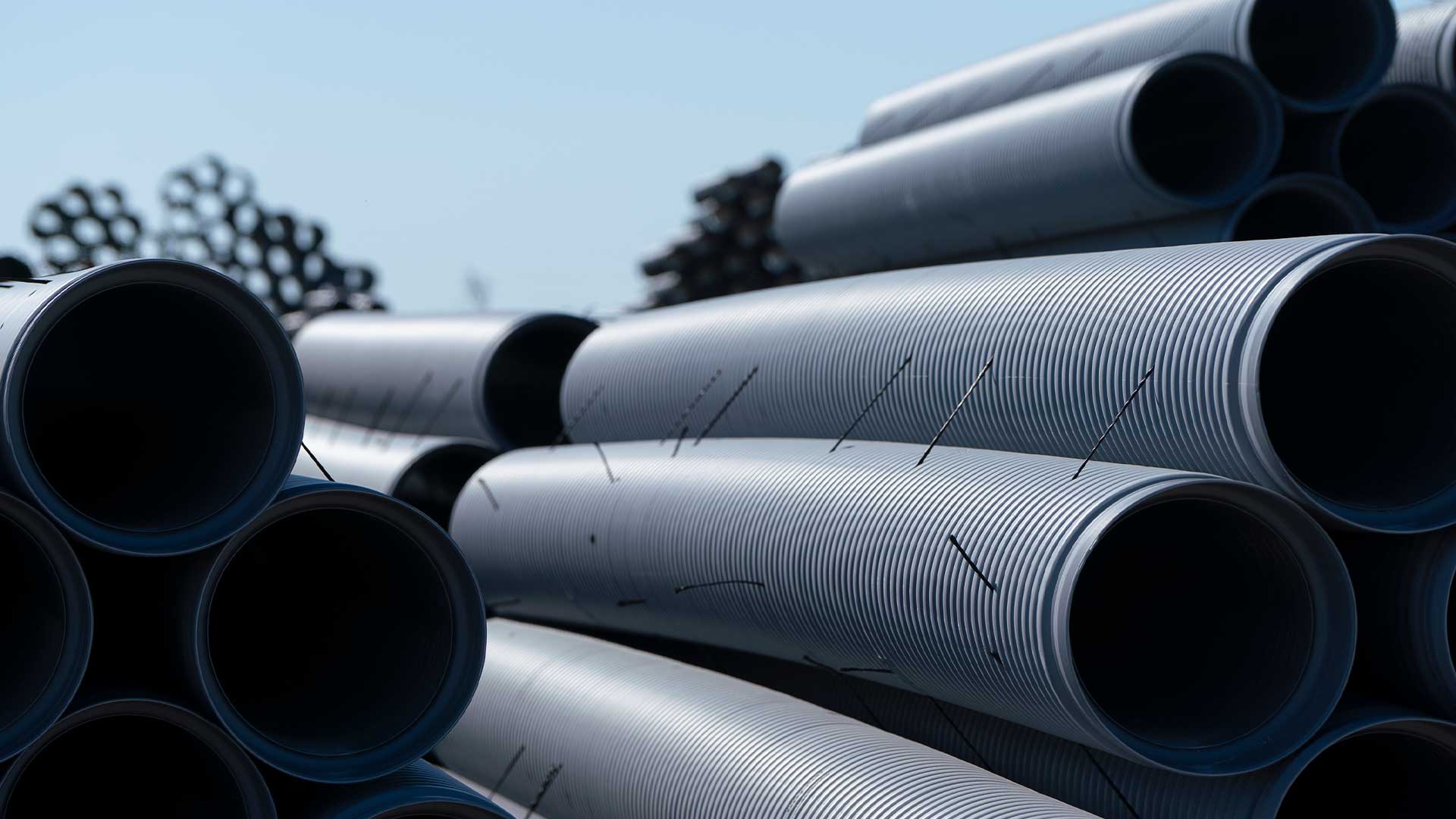As seen in the Tried & True Spring 2025 issue
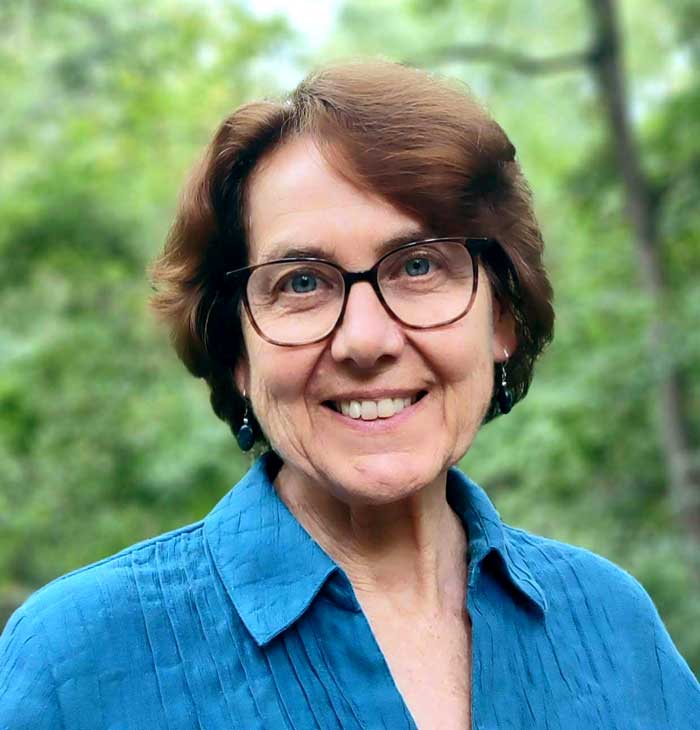
The Transforming Drainage Project, an initiative from 2015 to 2021, has left an revolutionary mark on agricultural drainage practices across the Midwest. This groundbreaking endeavor, driven by a multidisciplinary team of experts and supported by the USDA National Institute of Food and Agriculture, introduced innovative drainage strategies addressing critical environmental and agricultural challenges.
However, the story doesn’t end there. Dr. Jane Frankenberger, the director of the original project and a professor at Purdue University, continues to champion these advancements through her ongoing work with the Conservation Drainage Network. We had the opportunity to hear from Dr. Frankenberger about her insights into the project’s evolution, its impact and the path forward for sustainable drainage.
Personal Passion, Professional Drive
Dr. Frankenberger’s dedication to water management stems from personal experiences. Though she grew up in Minnesota, her connection to water and the environment was shaped by eight years in Africa, where she taught math and physics and only later started work in conservation. “My time in Africa inspired me to pursue water management engineering,” she told us. It was the vast difference between how we treat water in the Midwest of the U.S. and how they do in Africa that stirred her passion for water conservation science.
After degrees from the University of Minnesota and Cornell University, she settled in at Purdue University, where she continues inspiring progress as an Agricultural and Biological Engineering Professor. Today, she leads a team on an active research and extension program for agricultural drainage, watershed management and water quality.
I want to preserve and protect the environment while empowering farmers with sustainable solutions,
she emphasized—and that’s exactly what the Transforming Drainage Project set out to do.
From Vision to Reality
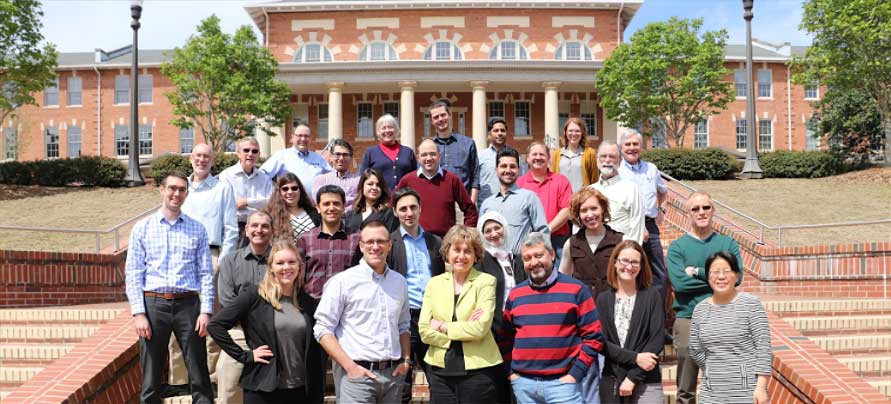
Reflecting on the project’s beginnings, Dr. Frankenberger emphasized its primary goals: addressing water quality concerns—particularly nitrate loss—and enhancing water quantity management. She noted, “Well, sometimes the water isn’t there when you [farmers] need it, and there’s too much [water] when you don’t need it.”
Dr. Frankenberger explained, “Our goal was to advance conservation drainage by collecting data on newer drainage strategies and technologies that could store and reuse water effectively, making it available when most needed.”
With a visionary approach, the project introduced advanced drainage techniques that do more than manage water effectively—they incorporate water storage into the landscape for more sustainable practices. At the heart of the project were three pivotal strategies: Controlled Drainage, Saturated Buffers and Drainage Water Recycling.
These innovative strategies have changed how contractors and farmers think about and implement drainage solutions. Thanks to this project, you may recognize these strategies and systems, which are more commonly implemented today.
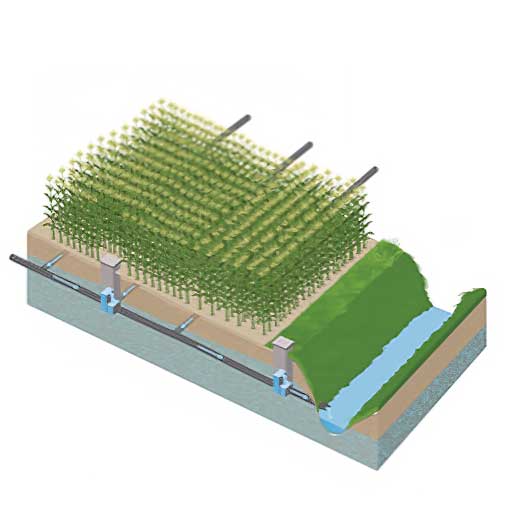
Controlled Drainage
This practice involves water control structures that manage the outlet elevation of subsurface drainage, allowing for water to be stored within the soil profile.
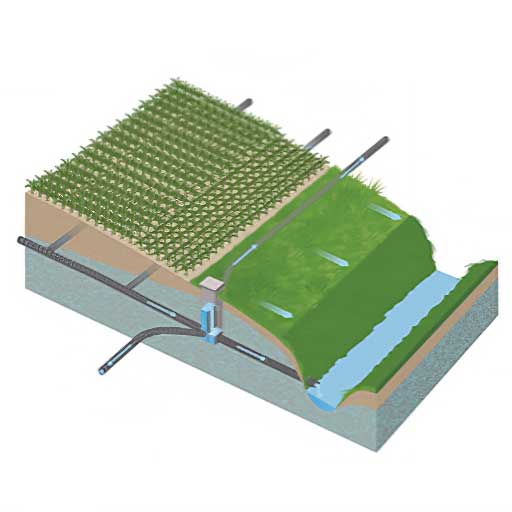
Saturated Buffers
A water control structure at the edge of a field diverts water through a distribution pipe into the buffer, enabling water interaction with the root zone of perennial buffer vegetation.
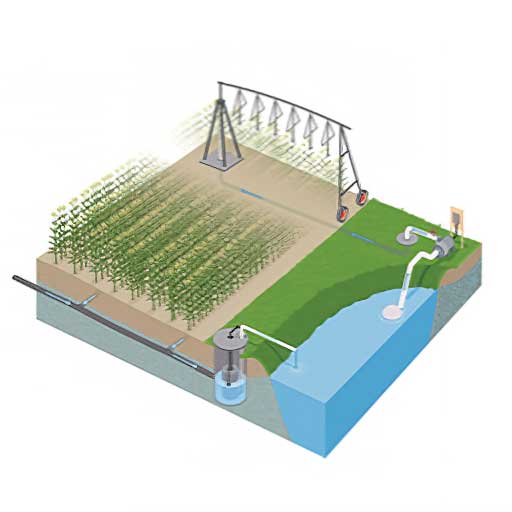
Drainage Water Recycling
This method recycles drained water, storing it in nearby ponds or reservoirs for later use in irrigation.
Empowering Change Through Research and Collaboration
While the project officially concluded in 2021, its momentum continues through the Conservation Drainage Network, which Dr. Frankenberger described as “an ongoing collaboration of researchers, agencies and industry leaders.”
Dr. Frankenberger credits the project’s success to these robust partnerships that make up the network, particularly with groups like the Agricultural Drainage Management Coalition (ADMC), where she worked closely with industry leaders like Keegan Kult and Charlie Schafer. “It’s all about sharing information and working together to connect research with industry,” she said.
The network meets annually, bringing together experts and practitioners to share research and practical applications. Each year’s meeting has grown in attendance, with 2024 having around 250 attendees. The challenge of the meeting now is creating a space for both seasoned professionals and those new to the field and eager to learn.
The data amassed during the project forms the backbone of a publicly accessible research database. Monitoring, modeling and synthesis activities helped determine the tangible benefits of these modern drainage strategies, contributing to 38 peer-reviewed papers and numerous conference presentations.
The project’s outcomes demonstrated that proper drainage water storage practices could reduce nutrient losses from drained lands while maintaining or even increasing yield across the Midwest. Data collected over the years is now accessible through the Conservation Drainage Media Library, providing an invaluable resource for ongoing research and development. “We continue to share data and information to ensure farmers and agencies can implement these conservation practices effectively,” Dr. Frankenberger noted. Her passion lies in translating complex research into actionable solutions, bridging the gap between academia and real-world applications.
For Fratco, the advancements born from this project align with our mission to deliver cutting-edge drainage solutions, enabling contractors and farmers to adopt systems that improve water quality and resource management.
What’s Next?
As climate change introduces new challenges, Dr. Frankenberger and her colleagues remain focused on integrating these considerations into future drainage strategies. She is currently working with a team to evaluate how conservation drainage practices might affect greenhouse gas emissions, to more fully understand the breadth of conservation benefits—she noted that climate change is not her field of expertise, but she’s proud of those on the team who know it so well. They plan to bring their findings and discussion points to the next network meeting. It’s ever-evolving research like this that drives the Conservation Drainage Network to adapt, continuing its mission of fostering collaboration and innovation in agricultural water management.
Fratco is proud to support and implement these transformative practices, ensuring our products and services can be used more optimally, in the best interest of the industry and the environment. With visionaries like Dr. Frankenberger, as well as the rest of the Transforming Drainage Project team, their collaborators and the Drainage Conservation Network, we are building a legacy of sustainable drainage solutions that will benefit generations.






